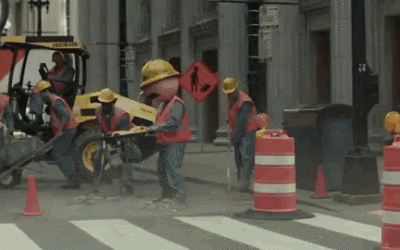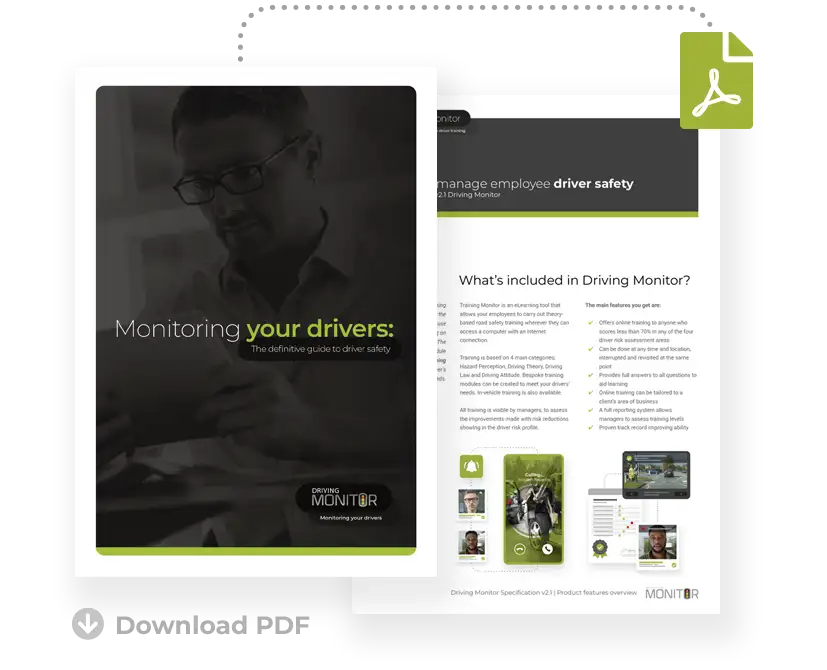HGV testing changes are ‘a risk to road safety’ say experts

You’ve probably read a lot about the HGV driver shortage – and with good reason.
It’s affecting all of us, whether through work or personally, we’ve all seen supply chain issues get progressively worse over the past couple of months.
The haulage industry is currently short of around 100,000 HGV drivers, an issue that has been affected by a combination of Brexit and the pandemic.
Many EU-based drivers were employed to transport goods to depots, stores, and customer’s homes for years, but when the pandemic hit, many of these headed back to their home countries.
The problem the industry now faces is attracting those drivers back, some of whom can’t re-enter the UK due to immigration issues or attracting new drivers to the sector.
With changes to the HGV testing programme coming into force, the Road Haulage Association has expressed concern that the changes are a potential risk to road safety.
With reversing set to be scrapped from the testing, the RHA highlighted the fact that seven people are killed every year as a result of incidents involving a haulage vehicle reversing.
So, what’s happening now?
The UK government has now officially announced plans to encourage more new lorry drivers to get on the road by freeing up 50,000 HGV test slots.
The changes are part of the government’s plan to address the supply chain issues which have seen empty shelves in supermarkets, as well as wider issues for the food, drinks, and medicines sectors.
Tax changes have also made it more expensive for drivers from elsewhere in Europe to either be employed in or work in the UK.
The government has received a lot of complaints about a backlog of driver tests, which has prompted Transport Secretary Grant Shapps to announce an overhauling of testing regulations, including:
- Car drivers now no longer need to take a separate test to tow a trailer or caravan, meaning that around 30,000 more HGV tests can be conducted every year
- Tests will be shortened by removing some elements and introducing third party testing
- Drivers can now get a licence to drive an articulated vehicle without getting one for a smaller vehicle first, which should free up another 20,000 more HGV testing slots every year
How long will the shortage affect the supply chain?
Experts and the government are working hard to try to remedy the supply chain issue by fixing the root of the problem – the driver shortage.
Industry experts warned of the potential for driver shortage and supply chain issues years ago. But due to a combination of the pandemic, Brexit, and older drivers retiring, the issue has accelerated at an unprecedented rate.
There are concerns that if the changes don’t address the issues quick enough, then the Christmas period will also be hit by supply chain issues.
Because the industry is losing around 1,000 drivers per week that aren’t being replenished, and the fact that it takes 12 weeks to obtain a C1 driving licence, it means that the backlog for a new driver to start is approximately 16 weeks.
Are your drivers feeling pressure to keep up with demand? How are you coping with the driver shortage? Let us know at [email protected].










